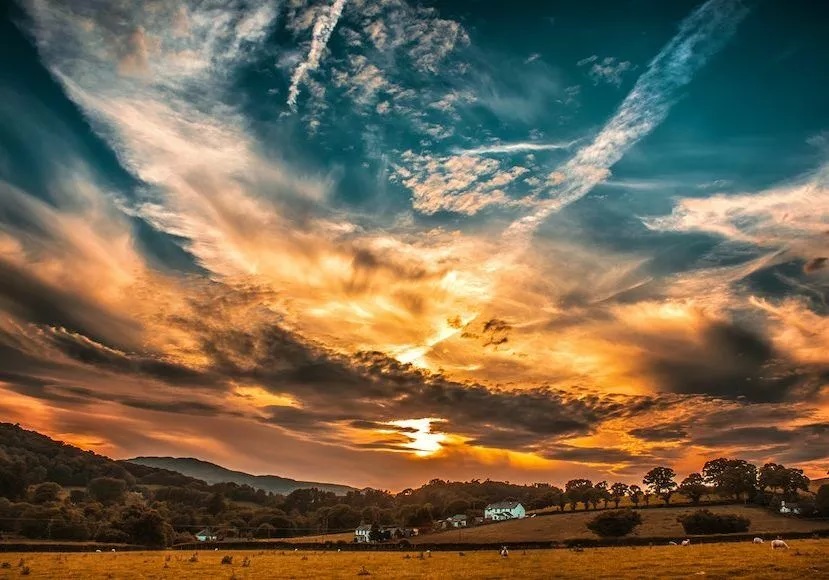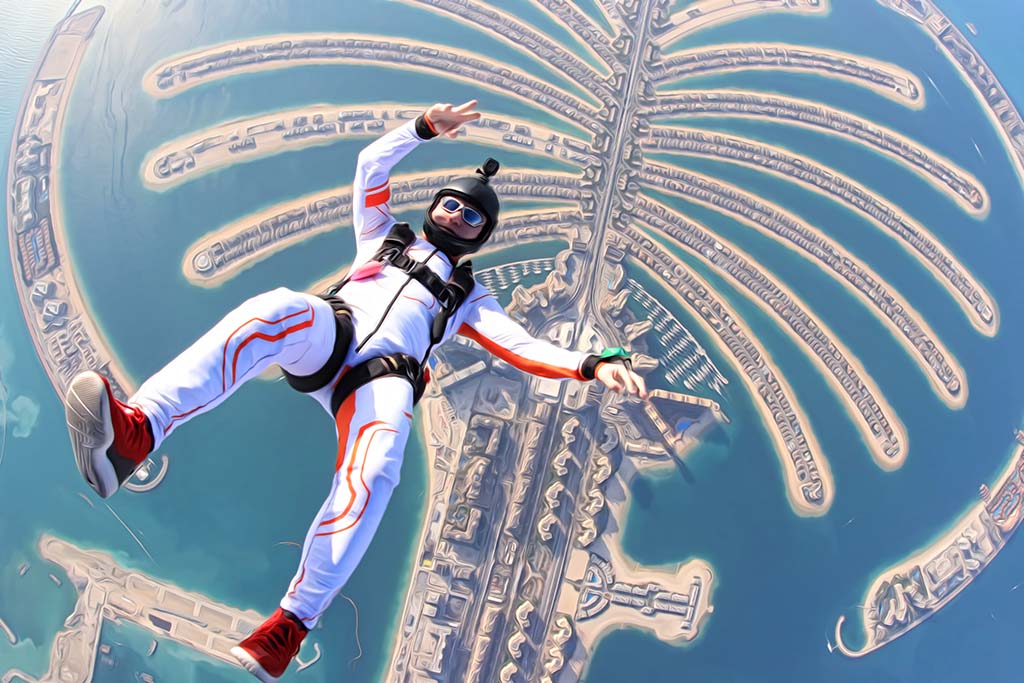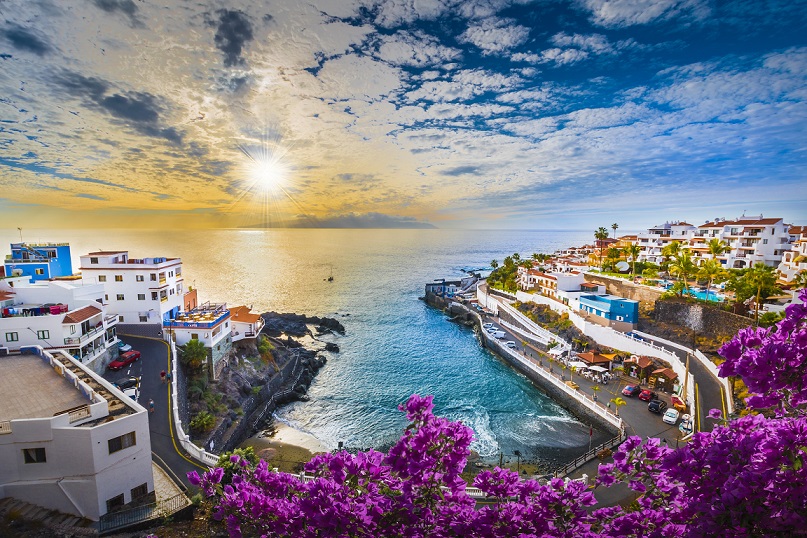Are you tired of investing in expensive filters to capture stunning landscape photos? Look no further than bracketing and HDR photography. These techniques allow you to capture the full range of light in a scene without the need for additional equipment.
In this article, we’ll dive into what bracketing is and how it can be used for your landscape shots. We’ll also explore HDR photography, its pros and cons, and provide tips on how to perfect your landscape photography skills using these methods. Plus, we’ll share some insights on the best HDR software available in the market today. Keep reading to learn more!
What Is Bracketing?
Bracketing is a popular technique in photography that involves capturing multiple shots of the same scene at different exposure levels. This technique is particularly useful when photographing high contrast scenes such as landscapes that include bright skies and dark foregrounds.
To bracket a shot, photographers capture an underexposed shot, an overexposed shot, and a perfectly exposed shot. The goal is to ensure that all the intricate details in both the highlights and shadows of the image are effectively captured. After capturing bracketed shots, software can be used to blend them together, resulting in a final image with a well-balanced exposure throughout.
Bracketing can also involve focus bracketing, which captures multiple images with slightly adjusted focus points. The combination of these images through focus stacking results in a final photograph with an extended depth-of-field, beyond what can be achieved with a single shot.
Landscape photographers and others who want to create striking images without relying on expensive filters or equipment should master bracketing. It allows them to achieve well-balanced exposures and preserve intricate details that contribute to captivating landscape compositions.
However, bracketing is not limited to landscapes and can be applied to several genres of photography, including architecture, where high contrast scenes can be challenging to capture. By mastering bracketing techniques, photographers can create stunning images that stand out.
How To Bracket Without Filters?
Your goal here is to capture all the details in a high-contrast scene, from the darkest shadows to the brightest highlights.
One way to achieve bracketing without filters is by using your camera’s auto-bracket feature. This feature allows you to set how many shots you want and how much exposure difference between each shot. You can then merge these images together using HDR software.
Another way is by manually changing your camera’s exposure settings between each shot. Start with one image that has proper exposure and then adjust it for each subsequent shot, either increasing or decreasing shutter speed or aperture depending on what needs adjusting.
It’s important to keep your camera steady while bracketing, so use a tripod if possible. Also, ensure that there are no moving objects in the frame as they will appear blurry when merged later.
Bracketing without filters takes practice but when done right it can produce stunning results. It’s also a great alternative for photographers who don’t have access to filter systems at their disposal.
What Is HDR Photography?
HDR photography is a technique that stands for High Dynamic Range. It is achieved by capturing multiple images of the same scene but with different exposure values. These images are then merged together to produce an image with greater dynamic range than any single image could ever achieve.
The benefit of HDR photography is that it allows photographers to capture details in both the highlights and shadows, which would have otherwise been lost in a standard photo. This makes it ideal for landscape photography, where there can be significant differences in brightness between the sky and foreground.
However, HDR photography has its drawbacks as well. One common criticism of HDR photos is that they can often look over-processed or artificial if not done correctly. Another issue is that moving subjects within the scene can cause ghosting or blurring when combining multiple exposures.
Despite these issues, HDR software continues to improve and evolve, making it easier for photographers to get stunning results without having to invest in expensive filters or other equipment. With good technique and practice, anyone can create beautiful landscapes using only their camera and some basic editing skills.
Pros And Cons Of HDR Photography
HDR photography is a technique that can enhance the details and colors in an image, resulting in a vibrant and captivating visual experience. However, like any other photographic method, HDR has its own set of advantages and disadvantages.
One notable advantage of HDR photography is its ability to capture an extended range of tonal values, encompassing both highlights and shadows. By blending multiple exposures together, HDR produces a final image with enhanced detail and dynamic range, surpassing what can be achieved with a single exposure. This leads to a more visually striking and dynamic photograph overall.
Another benefit of using HDR software is its independence from the need for filters or additional equipment to achieve the desired effect. This not only saves time but also reduces costs, especially for photographers who are just starting out and may not have an extensive gear collection.
However, it is important to exercise caution when utilizing HDR techniques. When not used carefully, HDR can result in unrealistic or oversaturated images. Striking a balance between bringing out details and maintaining natural-looking colors is crucial to achieve a pleasing and authentic outcome.
Furthermore, it’s worth noting that creating an HDR image requires capturing multiple exposures, which translates to longer processing times during post-production. Additionally, the storage space required for storing multiple exposures is greater compared to single exposure photos.
When employed judiciously and combined with skillful editing techniques, HDR photography can produce stunning landscape photographs without the need for expensive gear such as filters. With the availability of advanced HDR software options from reputable vendors at affordable prices, photographers of all budgets can explore new levels of creativity and seize the increased dynamic range opportunities offered by this technique.
Landscape Photography Tips
When it comes to landscape photography, there are a few key tips that can elevate your images from amateur snapshots to stunning works of art.
- Pay attention to lighting conditions: Capture landscapes during the golden hours of sunrise and sunset to benefit from soft and warm light.
- Experiment with angles and perspectives: Add depth and interest to your shots by trying different angles and avoiding shooting everything straight on.
- Embrace the rule of thirds: Divide your frame into thirds horizontally and vertically, and position your subject accordingly for visually appealing compositions.
- Incorporate props and human subjects: Use solitary trees or human figures to add scale and narrative to your landscapes.
- Be prepared with outdoor shooting essentials: Wear comfortable footwear, layer clothing, apply sunscreen, bring insect repellent, and pack snacks and water for a comfortable and productive outdoor shoot.
While capturing breathtaking images without relying on filters or HDR software is a testament to your skills, it’s worth noting that software tools like Luminar Neo can further enhance your landscape photography. Luminar Neo offers advanced features and editing capabilities to refine and amplify the beauty of your landscapes, allowing you to achieve even more stunning results.
By incorporating these tips into your landscape photography practice you’ll soon find yourself capturing breathtaking images without filters or HDR software needed!
Conclusion
Bracketing and HDR photography are powerful techniques that enable photographers to capture breathtaking landscape photographs without relying on filters. By capturing multiple shots at varying exposures, these techniques allow for the blending of images to create a final composition with enhanced detail and dynamic range. While some photographers appreciate the natural look of traditional photography, HDR software provides greater creative control and flexibility during post-processing.
In the realm of landscape photography, patience is key. Take the time to explore different compositions, experimenting with various angles and perspectives until you discover the perfect framing for your subject. Additionally, lighting plays a crucial role, with the soft and dramatic lighting of early morning or late afternoon adding depth and intrigue to your photos.
The choice between utilizing bracketing or HDR techniques ultimately boils down to personal preference. Both approaches offer unique advantages. By mastering these skills, you equip yourself with the necessary tools to elevate your landscape photography to new heights, capturing captivating scenes that leave a lasting impression on viewers.








Add Comment